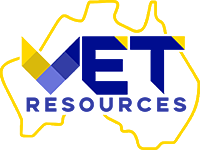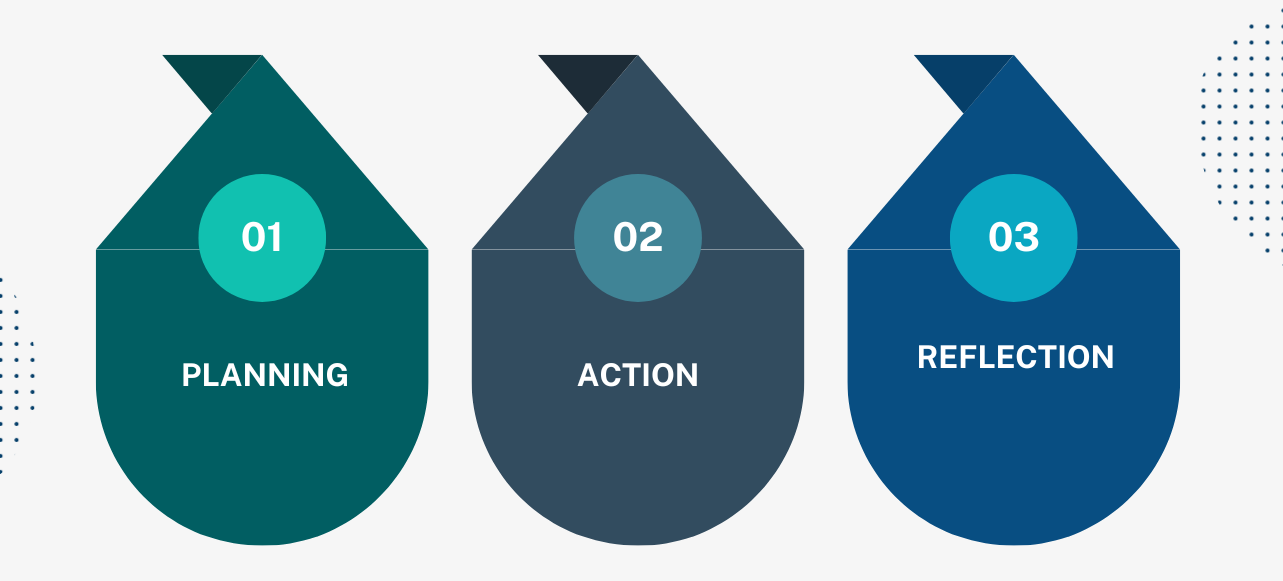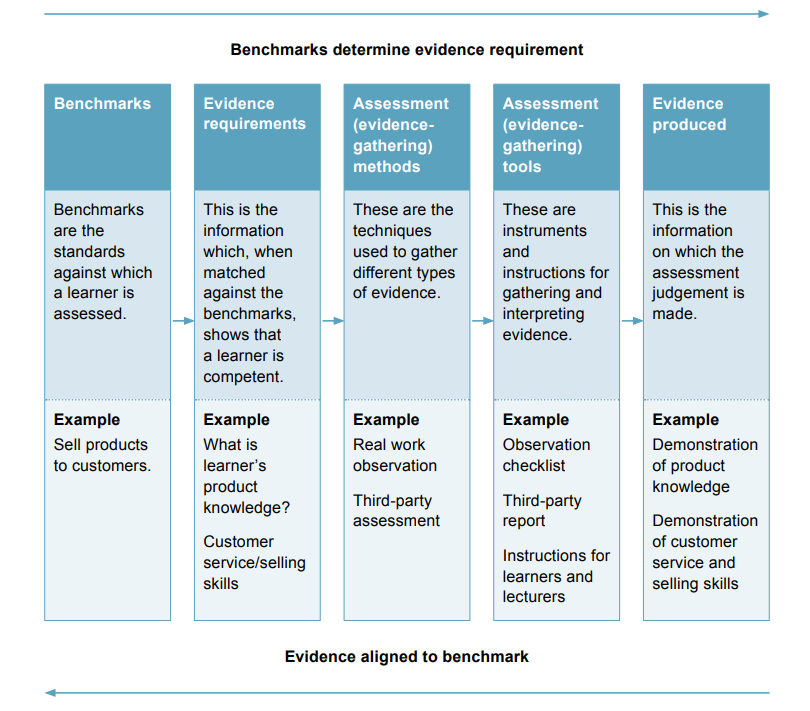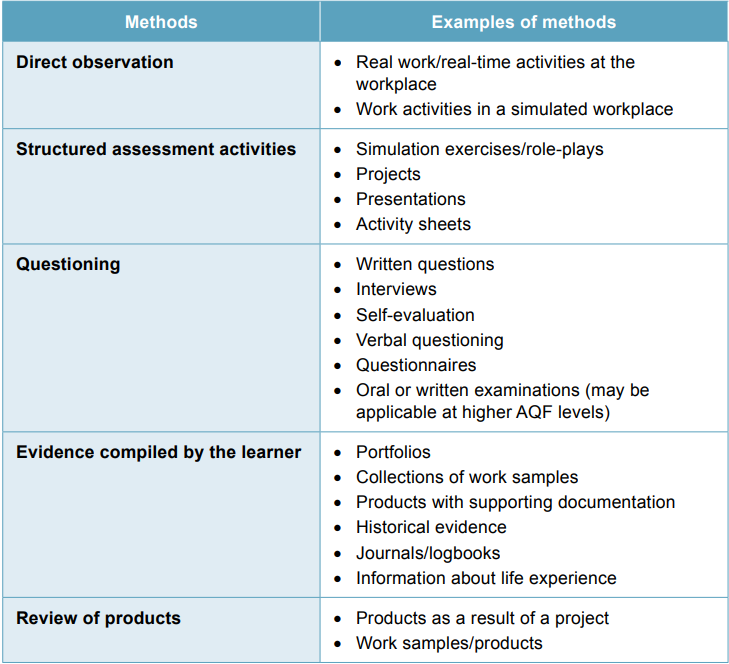
Just like any product’s design, the effectiveness of an assessment tool hinges on the dedication invested in its research, development, testing, and refinement phases. The design process unfolds in four essential steps, each falling under distinct categories.






